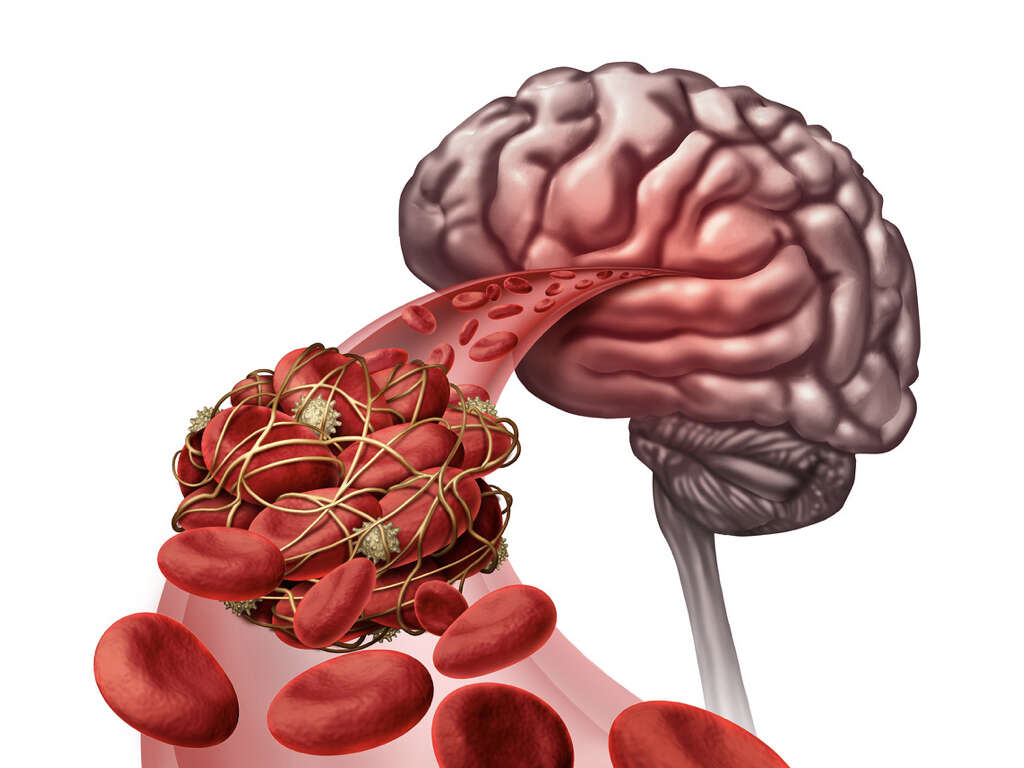What Is Antiphospholipid Syndrome?
7. Clots in Brain
Our brain needs a lot of oxygen to work properly, and its supply has to be constant. If the flow is interrupted, even for a short while, then the patient can be in some serious trouble. Patients with antiphospholipid syndrome are at risk for developing thrombosis in the cerebral vascular system (i.e. stroke, TIA).
If there is a blood clot that interrupts blood flow completely in a major blood vessel of the brain, the tissue that it supplies can suffer permanent damage (acute infarction). This process is known as an ischemic stroke. The signs and symptoms of a stroke include visual disturbances, difficulty speaking or understanding speech, and sudden numbness, weakness, or paralysis of the face, arm, or leg. However, when the interruption of blood flow (ischemia) to the brain is brief and tissue infarction does not occur, it is referred to as a transient ischemic attack (TIA).
Importantly, a stroke can occur in young people with the antiphospholipid syndrome that have no risk factors for cardiovascular disease. When this occurs, it should alert the physician on the possibility of antiphospholipid syndrome.
Advertisement












